While meringue can understandably feel like a daunting dish, it doesn't have to be. In this post, you'll not only learn how to make meringue and some common ways to use it, but how to avoid common mistakes and answers to frequently asked meringue questions.
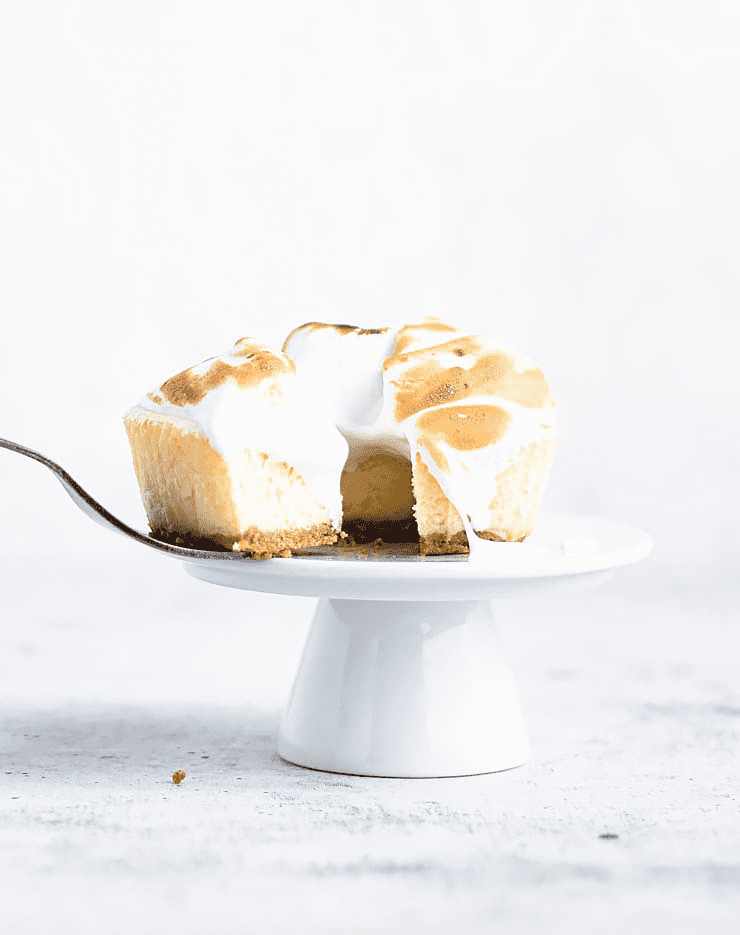
Ah, meringue. My first baking nemesis.
I don't remember exactly what went wrong the first time, but what I do remember is that they came out runny.
And. It. Got. Everywhere.
I've made meringue many times since then and messed them up many more times before finally nailing the process.
So today I'm sharing not only my go-to recipe and how to make it, but a plethora of my meringue mistakes and how to avoid them.
My kitchen no longer looks like someone murdered the Stay Puff Marshmallow man and yours doesn't have to either.
Jump to:
What is meringue and how is it used?
Generally speaking, meringue is a mixture of egg whites and sugar that has been whipped until light and fluffy. Sometimes other ingredients are added for stability or flavoring.
This mixture can be baked, toasted, folded into batters, or served as a topping for other foods.
Meringue is commonly used for pies (like cranberry meringue pie or lemon meringue tarts), baked Alaska, pavlova, cookies and meringue kisses, frosting and macarons.
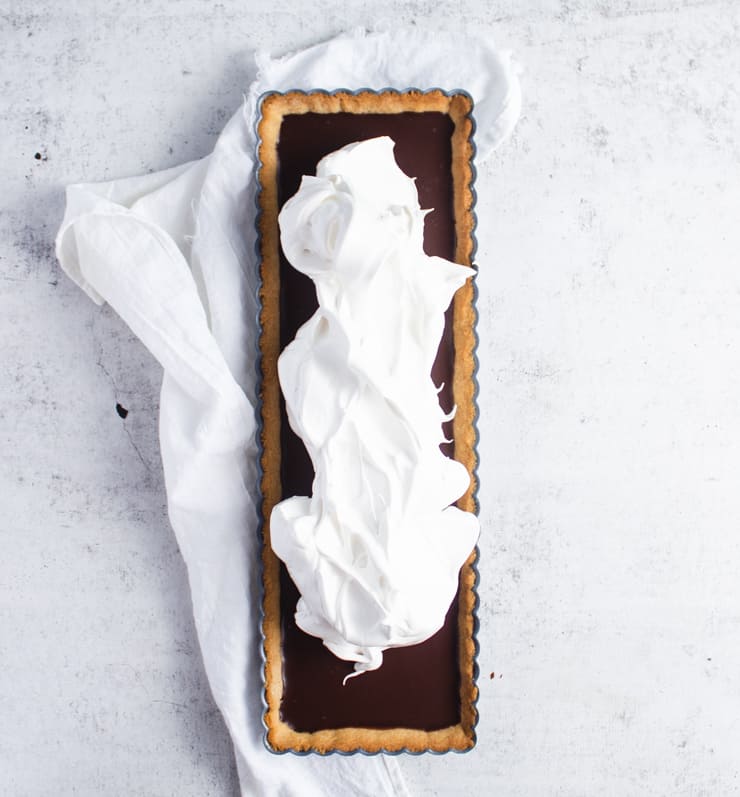
Ingredients
At its core, meringue is a 1:2 ratio of egg whites to granulated sugar. Each egg white is approximately two tablespoons, so for every egg white you'll want to use ¼ cup sugar.
If you're using cream of tartar to stabilize your meringue, you'll want to add about ⅛ teaspoon per egg white.
So what does this mean for some of the most common meringue recipes? How much will you want of each ingredient?
Here's what I use:
- 4 egg whites
- 1 cup granulated sugar
- 1 teaspoon vanilla extract

This will make enough for 40-50 small meringue kisses, a single 8-9" layer of pavlova, 12 cookies or to frost a 9" pie or cake.
If I'm making cookies, pavlova or anything that will be baked, I use the French method to make my meringue.
If I'm adding meringue to something that won't be baked (at least not after the meringue is added), like a pie or frosting, I prefer the Swiss method.
How to make meringue: Three methods
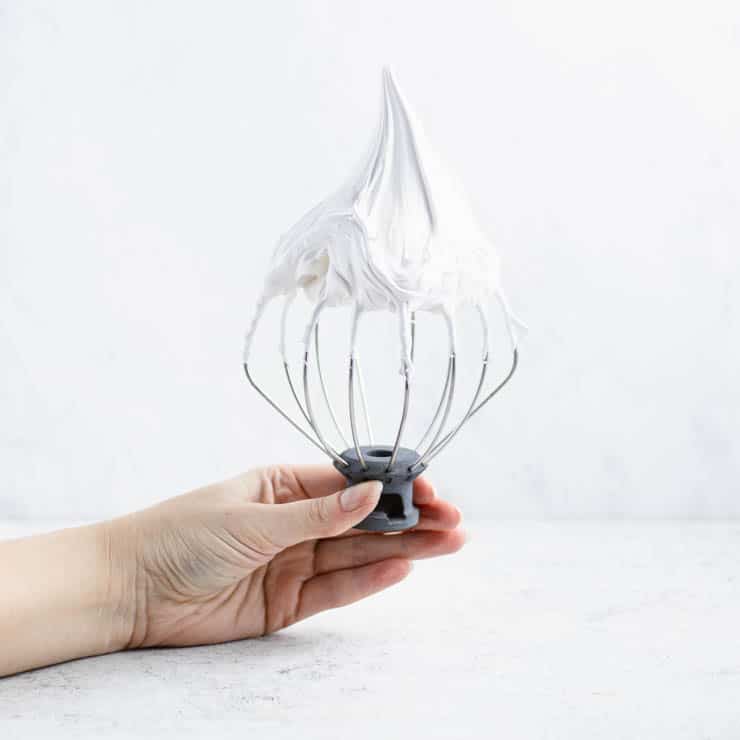
French meringue
This is the simplest of the meringue techniques.
With this technique you whip the egg whites until they hold soft peaks, then gradually add the sugar, beating until it dissolves and the meringue is thick and fluffy.
Because this method doesn't require heating the meringue (so the eggs are raw), it's best suited to meringues that will be baked, such as cookies, kisses and pavlova.
Italian meringue
This technique uses sugar and water to create a hot syrup (cooked to the softball stage) that's poured into the whipped egg whites.
The Italian meringue method creates the most stable meringue and is perfect for buttercream frostings and topping pies and cakes.
Swiss meringue
Like the Italian meringue, swiss meringue produces a cooked meringue that works well for buttercream frostings, pavlova, cookies and topping pies and cakes.
To make this meringue, egg whites and sugar are combined over a double boiler (a bowl over a pot of boiling water), cooked to 160F and then whipped until light, fluffy and cool to the touch.
Expert tips
- Use cold, fresh egg whites: Fresh egg whites will take longer to whip but will result in a more stable meringue. Making sure the eggs are cold also increases stability.
- Start with a perfectly clean bowl for the meringue: Grease can ruin meringue, so be sure to thoroughly clean whatever utensils you will use with warm, soapy water.
- Avoid using plastic bowls or utensils as they tend to develop a greasy coating over time that's difficult to remove; instead, opt for glass, metal, or ceramic.

Troubleshooting
Why did my meringue crack?
Cracking is a common problem for baked meringues. Temperature is often the culprit.
If you haven't calibrated your oven or checked that it's heating to the correct temperature lately, this is a good place to start.
The abrupt temperature drop that happens as a result of removing your meringue from a hot oven can also lead to cracking. To fix this, turn off your oven when the meringue is done baking and let it cool inside.
Why does meringue weep?
Weeping is when a layer of liquid forms under your meringue. This can occur for a few reasons: Undercooking, overcooking or when meringue has been placed on top of a moist treat like pie filling.
To prevent this, make sure you're following your recipe and cooking it to the point specified. It can also help to add a stabilizer like cream of tartar or corn starch.
If you live in a humid environment, this can also lead to weeping. When possible, try to make meringue on less humid days or keep it somewhere dry.
Why didn't my meringue get stiff?
Grease is a common culprit that keeps meringue from stiffening. Make sure all of your equipment is grease-free and try to avoid plastic utensils and dishes, which can pull and retain grease from previous culinary projects.
Why did my meringue stick to the baking paper?
When meringue is fully baked, it should easily pull away from baking paper. If it's sticking, that's likely a sign that it needs to bake longer.
Why did my baked meringue wrinkle?
Meringue is very susceptible to moisture and can wrinkle or look scaly as it absorbs moisture. This can happen when humidity is high or if it's not baked long enough.
To prevent this, allow the meringue to cool in the oven overnight after baking. Be sure to crack the oven for 10 minutes after turning it off so that no moisture from inside the oven has an opportunity to reabsorb.
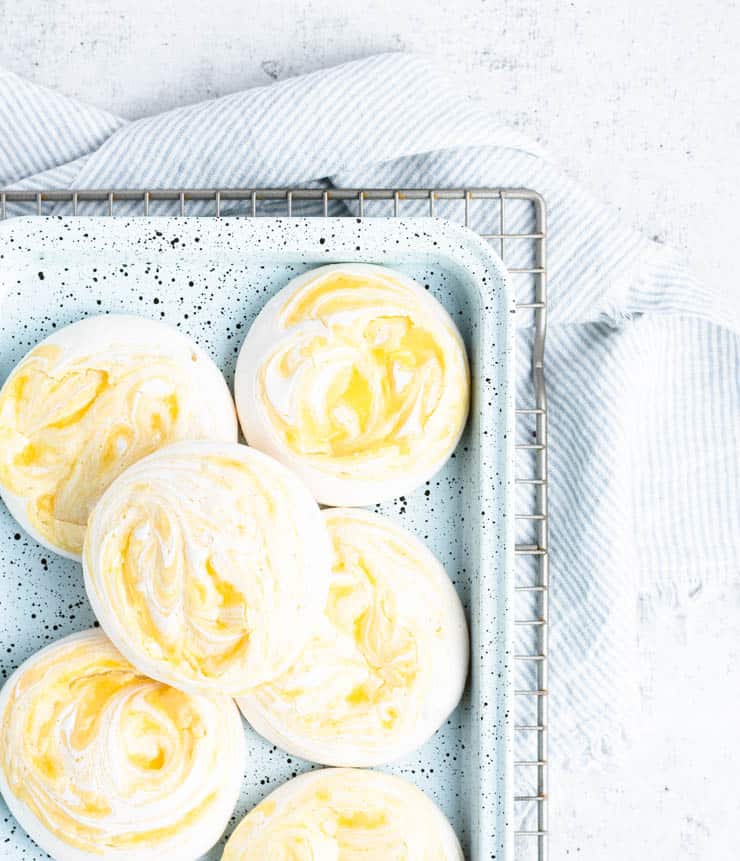
Frequently asked questions
Baked meringues can be frozen for up to 1 month in an airtight container. To thaw, place unwrapped meringues on a wire rack at room temperature. Use immediately once thawed.
Due to their moist nature, refrigerators are not an ideal environment for meringue. Unbaked meringue can be refrigerated for up to 24 hours. Baked meringues can be stored at room temperature.
Yes. While the treats meringues adorn may not be gluten-free, meringue itself is.
Storage
Baked meringue is best stored in an airtight container at room temperature for 1-2 days (dependent on humidity).
Unbaked meringue can be stored in a covered container in the refrigerator for up to 24 hours.
Recipes that use meringue
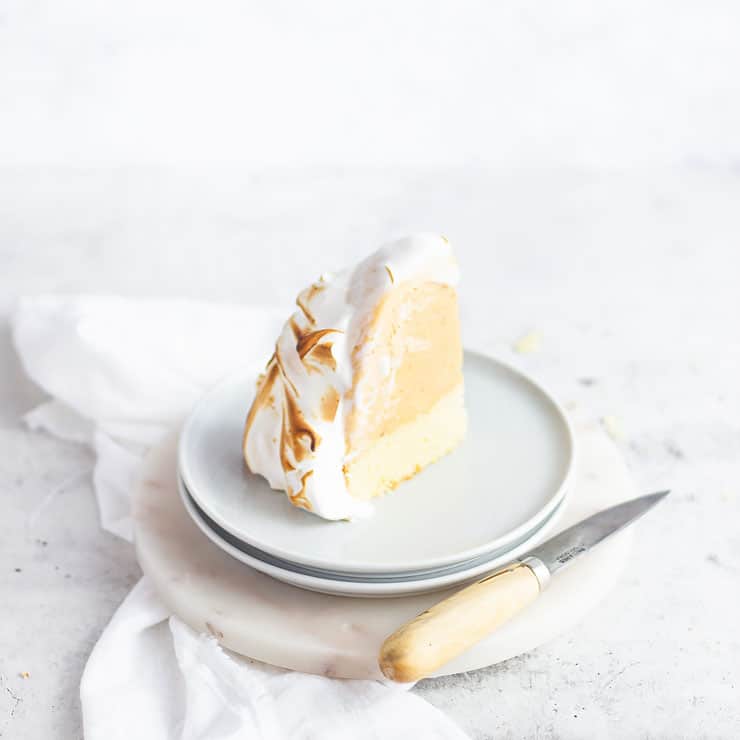
Looking to test your meringue-making skills? Here are a few recipes to try:
- Kokosboller (Norwegian chocolate-covered marshmallows)
- Hot chocolate sheet cake
- Overnight s'more french toast
- Pumpkin baked Alaska
- Easter chick cupcakes
- S'more doughnuts
Did you make this recipe? Please leave a ⭐ star rating and let me know how it went in the comments below! I regularly update these posts and feedback from wonderful readers like you help me make them better.
Recipe
Basic Meringue Recipe
Fluffy, light meringue using three methods.
- Prep Time: 10 minutes
- Total Time: 10 minutes
- Yield: 24 1x
- Category: Dessert
Ingredients
- 4 egg whites
- 1 cup granulated sugar
- 1 tsp vanilla extract
Instructions
Swiss meringue:
- Whisk together egg whites and sugar.
- Place over a pot of boiling water and cook until the sugar dissolves and the mixture is hot (160F).
- Whip meringue on high until light, fluffy and cool to the touch.
- Add the vanilla extract and whip on low until just combined.
French meringue:
- Combine egg whites and sugar in a bowl.
- Whip on high until the meringue is light, fluffy and the sugar has dissolved.
- Add the vanilla extract and mix on low until just combined.
Italian meringue:
- In a small saucepan, combine sugar with ½ cup water.
- Cook until the mixture boils and turns clear (about 235F, also known as the soft-ball stage).
- While the syrup cooks, whip egg whites until frothy and stiff.
- With the mixer on high, pour a thin stream of syrup down the side of the bowl until the saucepan is empty.
- Whip on high until light, fluffy and cool to the touch.
Notes
Why did my meringue crack?
Cracking is a common problem for baked meringues. Often times temperature is the culprit: Either an oven that's too hot or the meringues experience too abrupt a change in temperature.
If you haven't calibrated your oven or checked that it's heating to the correct temperature lately, this is a good place to start.
While each meringue recipe may call for slightly different baking temperatures and times, I like to bake most of my meringue at around 200F. If you're baking meringue at temperatures higher than this, this may be the reason your meringue is cracking.
Finally, that quick temperature drop that happens as a result of removing your meringue from a hot oven can also lead to cracking. To fix this, turn off your oven when the meringue is done baking and let it cool inside.
Why does meringue weep?
Weeping is when a layer of liquid forms under your meringue. This can occur for a few reasons: Undercooking, overcooking or when meringue has been placed on top of a moist treat like pie filling.
To prevent this, make sure you're following your recipe and cooking it to the point specified. It can also help to add a stabilizer like cream of tartar or corn starch.
If you live in a humid environment, this can also lead to weeping. When possible, try to make meringue on less humid days or keep it somewhere dry.
Why didn't my meringue get stiff?
Grease is a common culprit that keeps meringue from stiffening. Make sure all of your equipment is grease-free and try to avoid plastic utensils and dishes, which can pull and retain grease from previous culinary projects.
Why did my meringue stick to the baking paper?
When meringue is fully baked, it should easily pull away from baking paper. If it's sticking, that's likely a sign that it needs to bake longer.
Why did my meringue wrinkle after baking?
Meringue is very susceptible to moisture and can wrinkle or look scaly as it absorbs moisture. This can happen when humidity is high or if it's not baked long enough.
To prevent this, allow the meringue to cool in the oven overnight after baking. Be sure to crack the oven for 10 minutes after turning it off so that no moisture from inside the oven has an opportunity to reabsorb.
Nutrition
- Serving Size: 1
- Calories: 35
- Sugar: 8.4g
- Sodium: 6mg
- Fat: 0g
- Saturated Fat: 0g
- Carbohydrates: 8.4g
- Fiber: 0g
- Protein: 0.6g
- Cholesterol: 0mg
Keywords: how to make meringue, swiss meringue, baked meringue


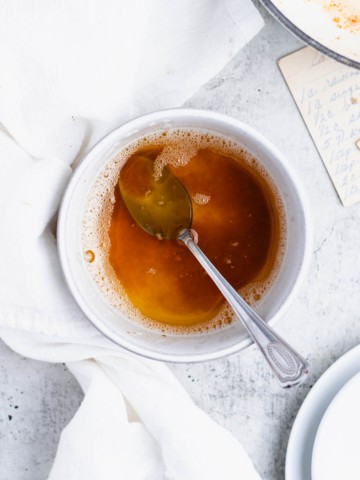
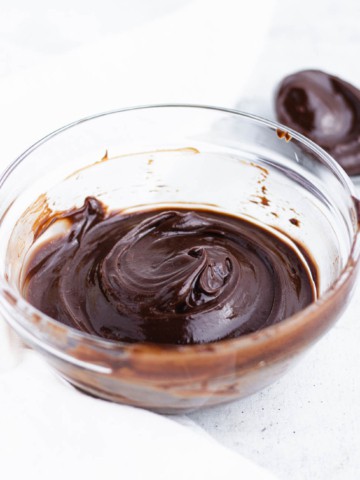
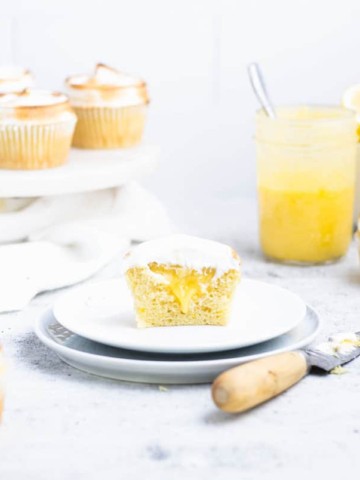
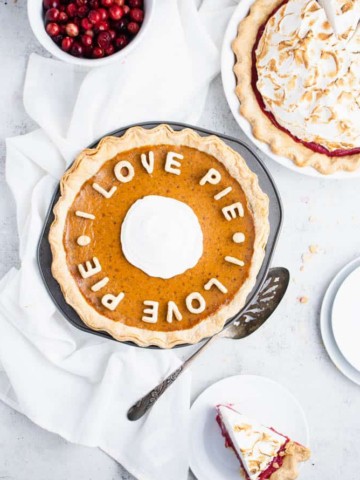
Sue says
These are great tips and beautifully done! Thanks.
★★★★★
Lauren Michael Harris says
This is such a good break down of the different types of meringue and how to make them. Definitely bookmarking this page!
★★★★★
Bernice says
For something that looks so simple, there's more to meringue than the average person would ever guess! I've had my share of failures so I'm thrilled to have this very comprehensive guide to meringue saved up.
★★★★★
Tammy says
Meringue can be pretty tricky to handle. These are great tips. I appreciate the in-depth troubleshooting too. With summer coming up this will definitely come in handy!
Elaine says
Thank you for sharing this. I had a phenomenal dessert at my friend's house that had meringue, and I wondered how it was made. I can't wait to be trying it myself this weekend!
★★★★★
sophie says
The step-by-step guidance and explanations you provided ensured that my meringue turned out light, fluffy, and with a perfect glossy finish
★★★★★
Amy says
Your recipe was so easy to follow and my meringue came out perfectly. Your tip for knowing when the meringue was completely baked was perfect. Mine were a little sticky so I baked them a little bit more. They came out perfectly.
★★★★★
Dennis says
This was definitely the easiest meringue recipe I've ever tried. And the meringue was perfect!
★★★★★
Loreto and Nicoletta says
One of my fondest memories was going to a diner for Lemon meringue pie. Every year I also make a Flapper Pie for a friend of mine and the meringue is key. Love all your tips and different meringues. Thank you for sharing! ❤️
★★★★★
Hayley Dhanecha says
Thank you for creating this ultimate post on how to make meringue! All the tipa and instructions are useful for a newbie baker. Can't wait to try my hands on making meringue from scratch.
★★★★★
Ramona Sebastian says
I never knew there are three styles to make meringue. It looks like I only knew about the French style which is the one that I'm making all the time. I must try the Italian and the Swiss versions too. Thanks for sharing this informative article.
★★★★★